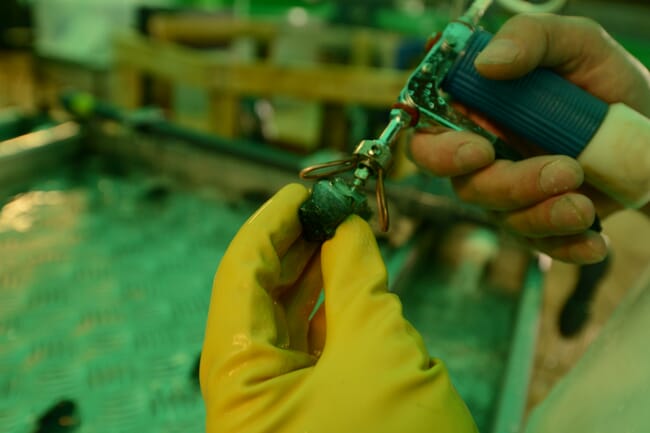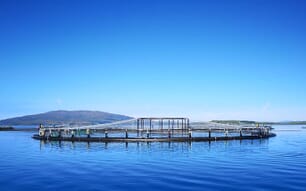In October 2017 RUMA’s Target Taskforce set goals for the reduction in the use of antibiotics in a range of farmed species, in a bid to reduce antibiotic use across all livestock sectors by 2020.
Two years after the launch of the initiative, on 31 October, they published the results so far – which include the latest levels of antibiotic use by the UK’s salmon and trout farming sectors.

© Hugh Coulson
The organisation set the trout sector a target of 20mg/kg of fish produced and the salmon sector a target of 5mg/kg of fish produced.
The most recent figures – covering production in 2018 – for the trout sector show that they achieved this goal, by registering 13mg/kg of trout produced. However, the salmon sector was not quite able to meet the more stringent target, registering 6.5mg of antibiotics per kilo of salmon produced.
In 2018 neither sector used highest-priority critically important antibiotics (HP-CIAs) – those which are of the most importance to human health.
Looking at the long-term challenges of eliminating the use of antibiotics in salmonid aquaculture, the RUMA report points to the difficulties related to the “funding, developing and accessing vaccines for trout”. Meanwhile all salmon, on the other hand, are vaccinated prior to transfer to sea. However, RUMA notes, that there is still some scope for the development of autogenous vaccines for cleanerfish – wrasse and lumpsuckers – that are used to pick parasitic sea lice off the salmon.
Antibiotics use in other livestock species
To put antibiotics use in aquaculture in context, the levels used in other livestock sectors during 2018 were as follows:
- Pigs: 110mg /per kg
- Chickens (broilers): 12.4mg/per kg
- Cattle (beef): 21mg/per kg
- Sheep: 3mg/kg to 17mg/kg (varies from flock to flock)
- Turkeys: 46.7mg/kg




